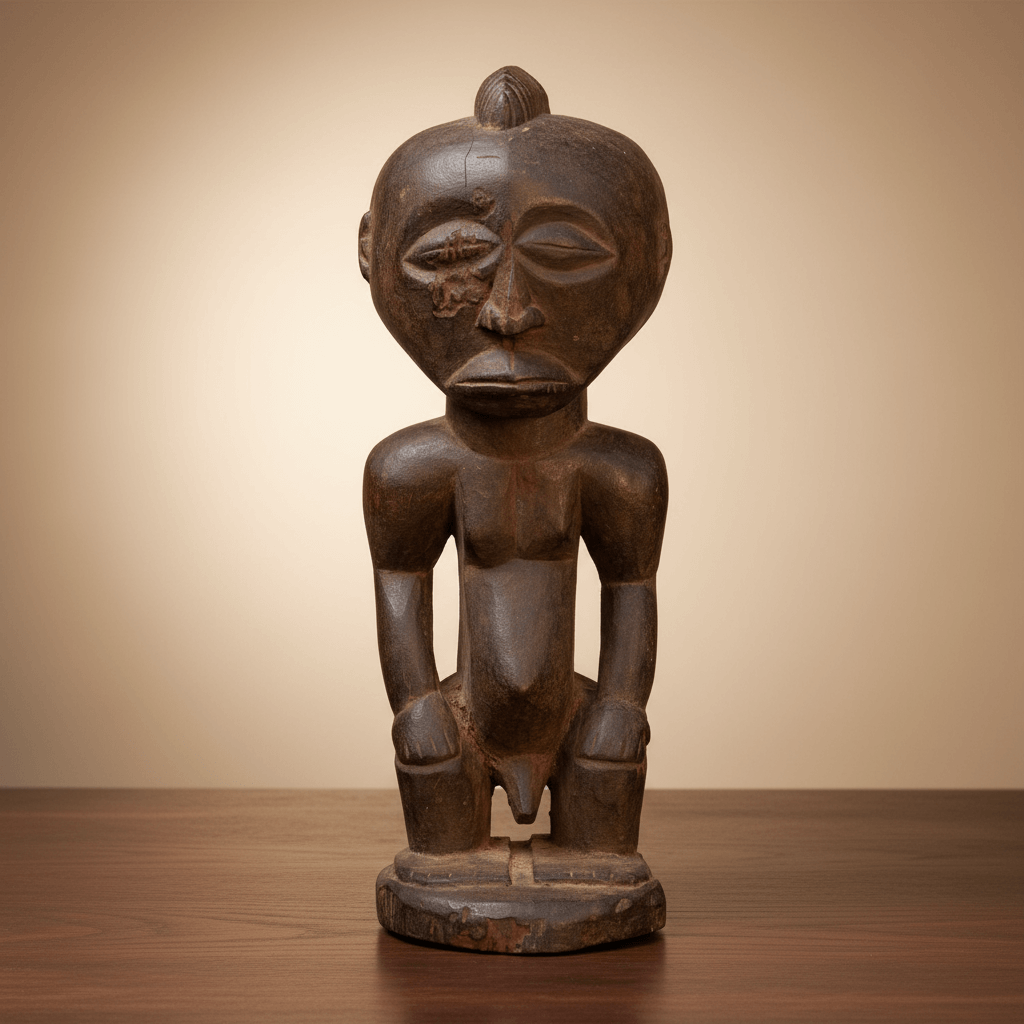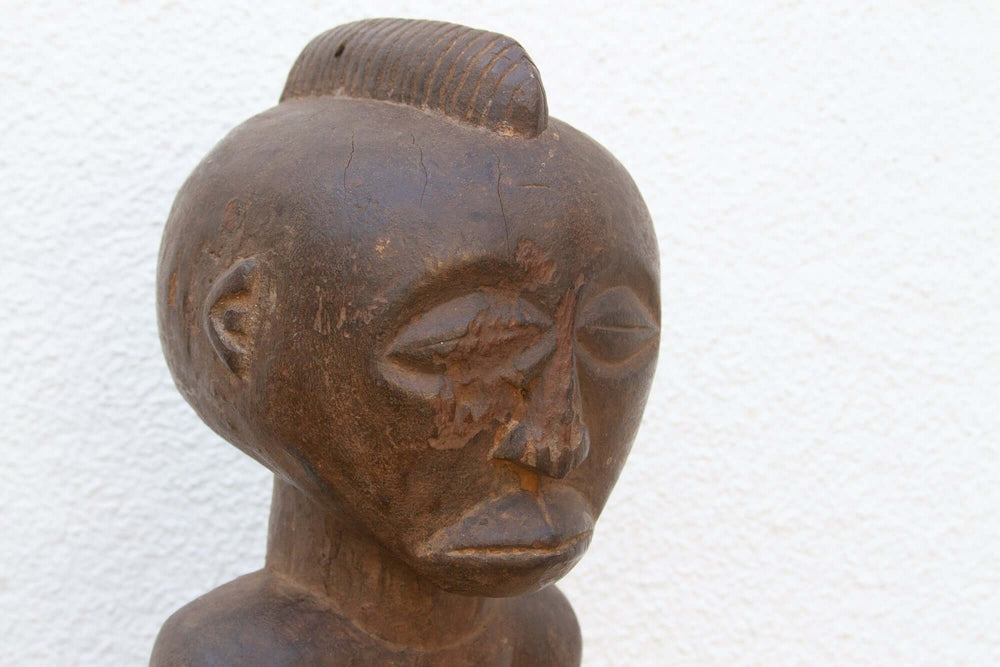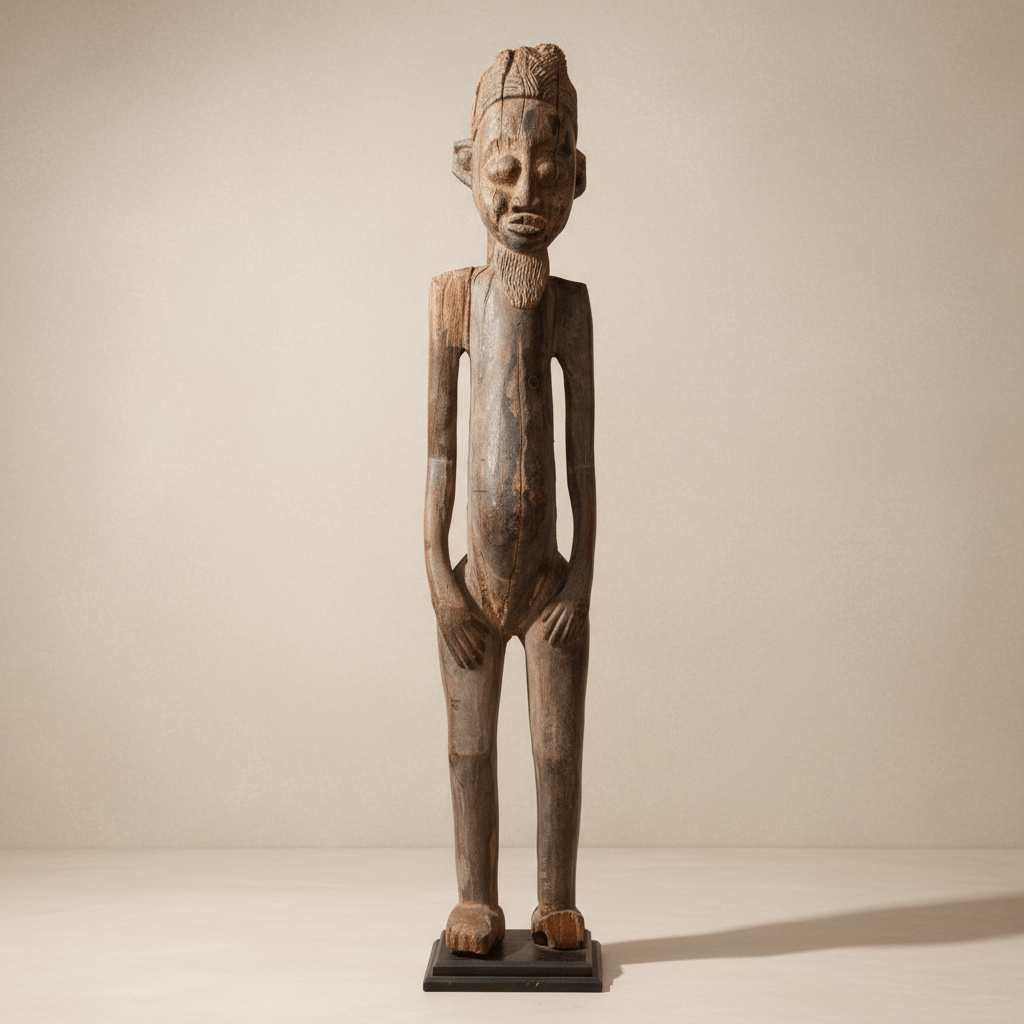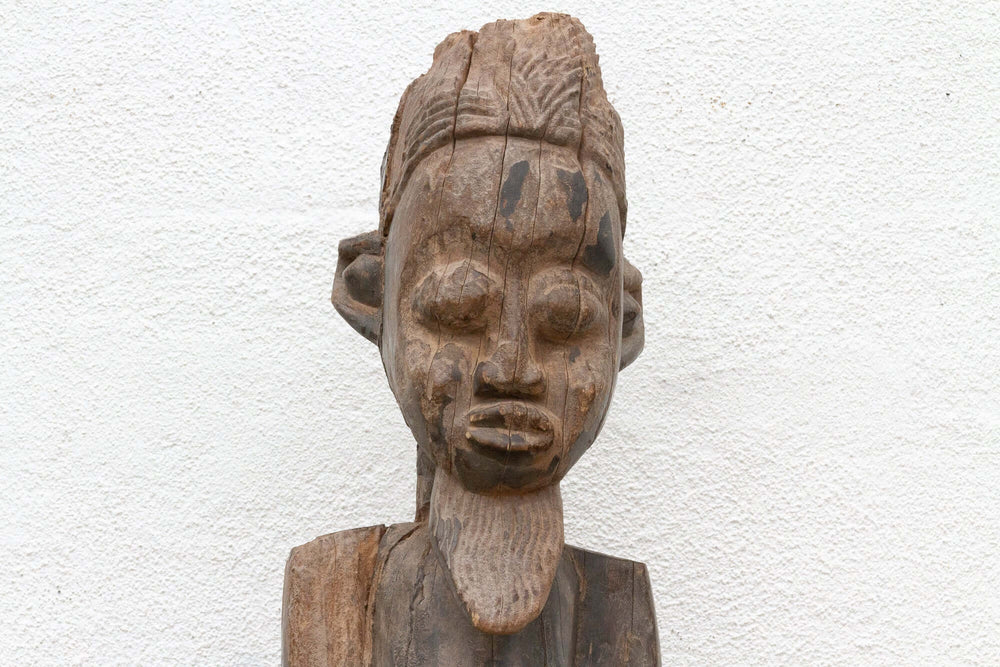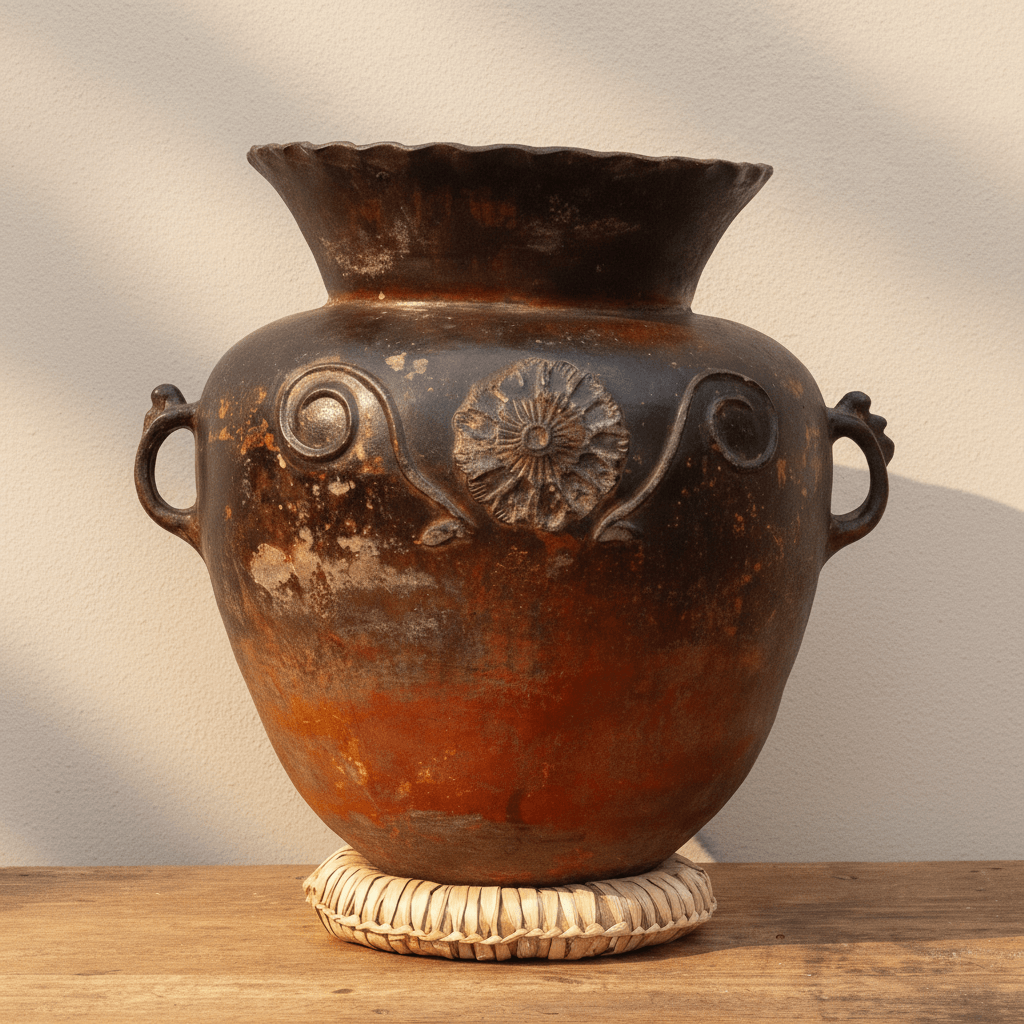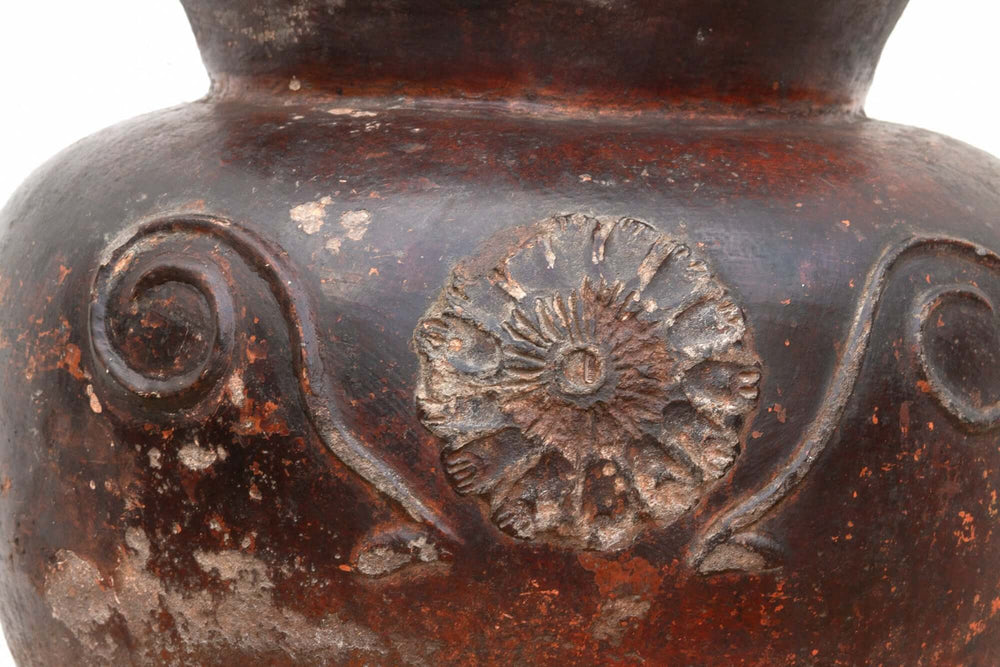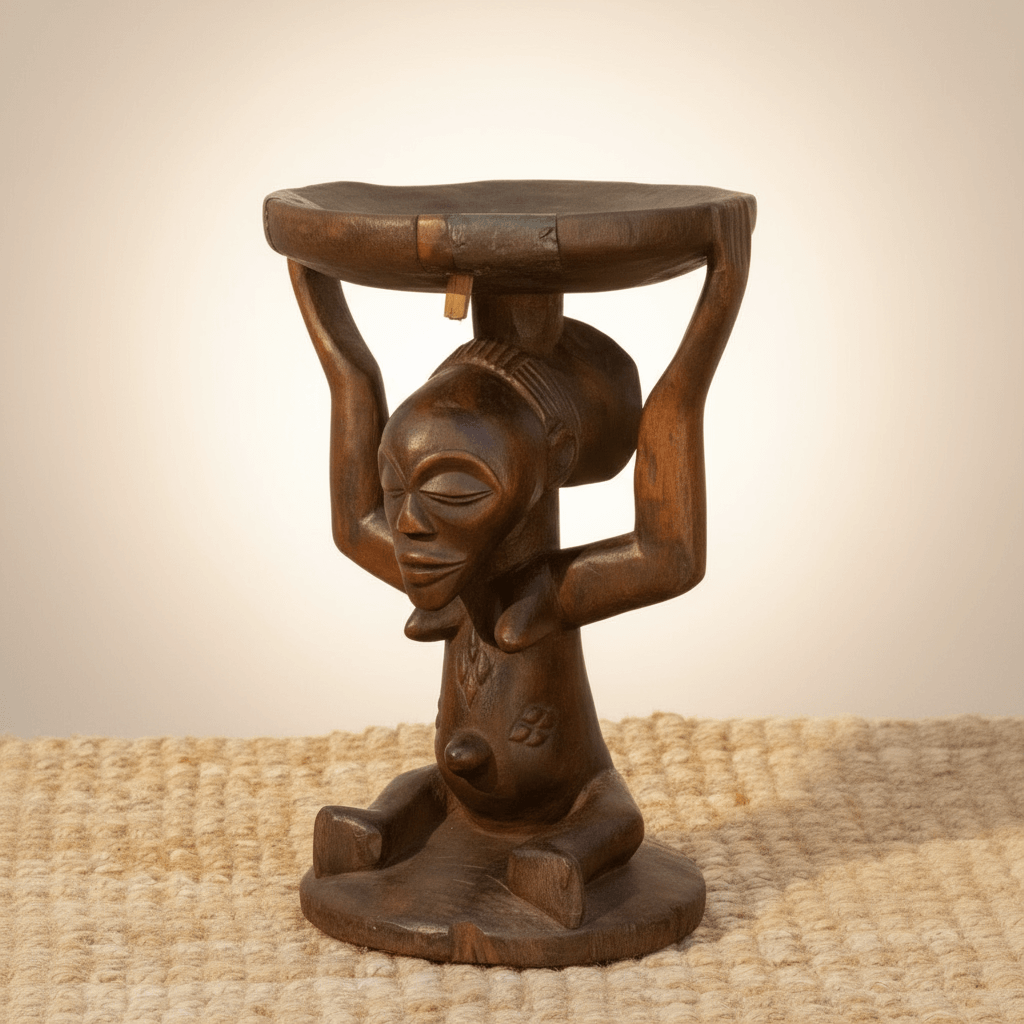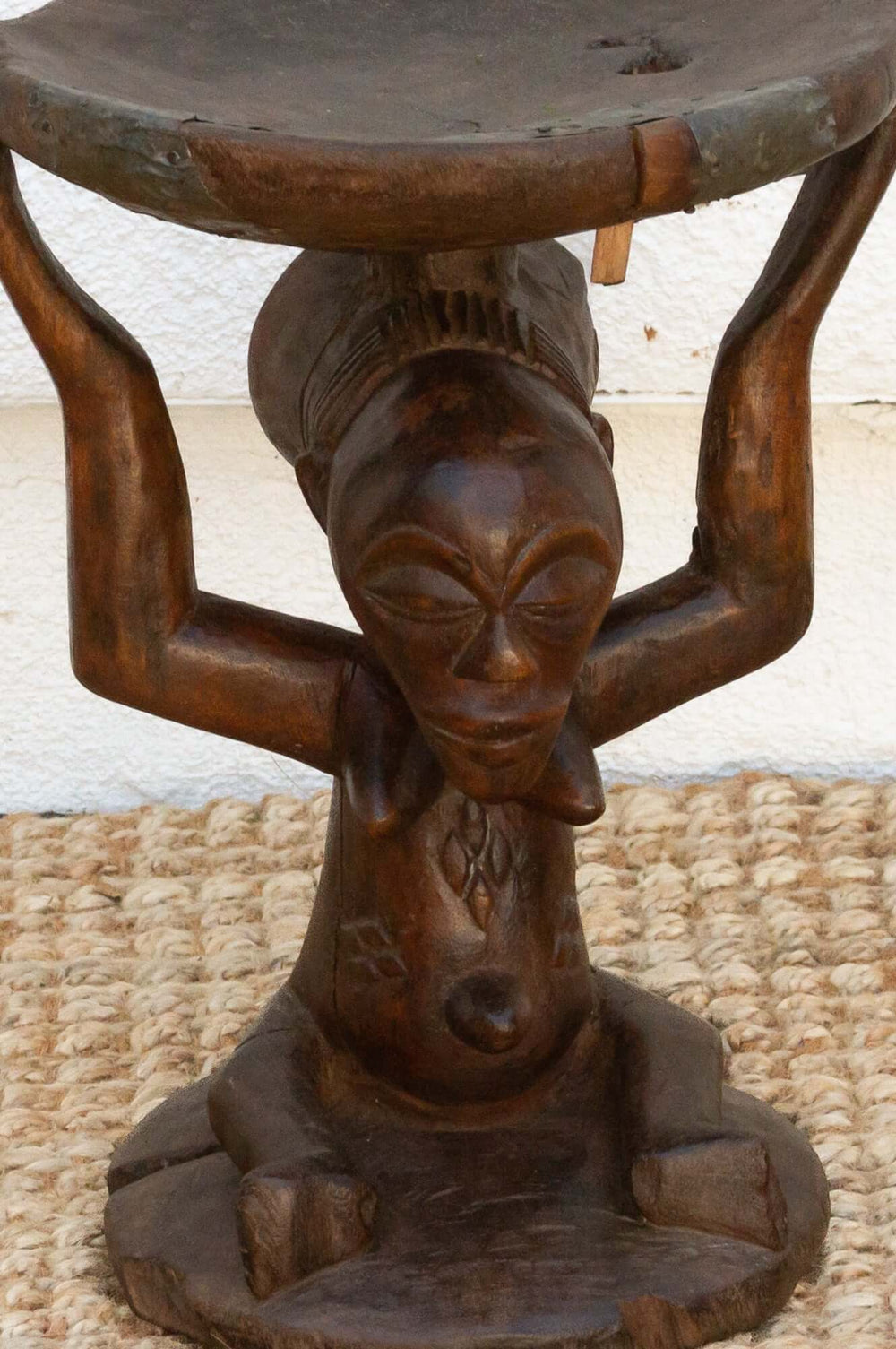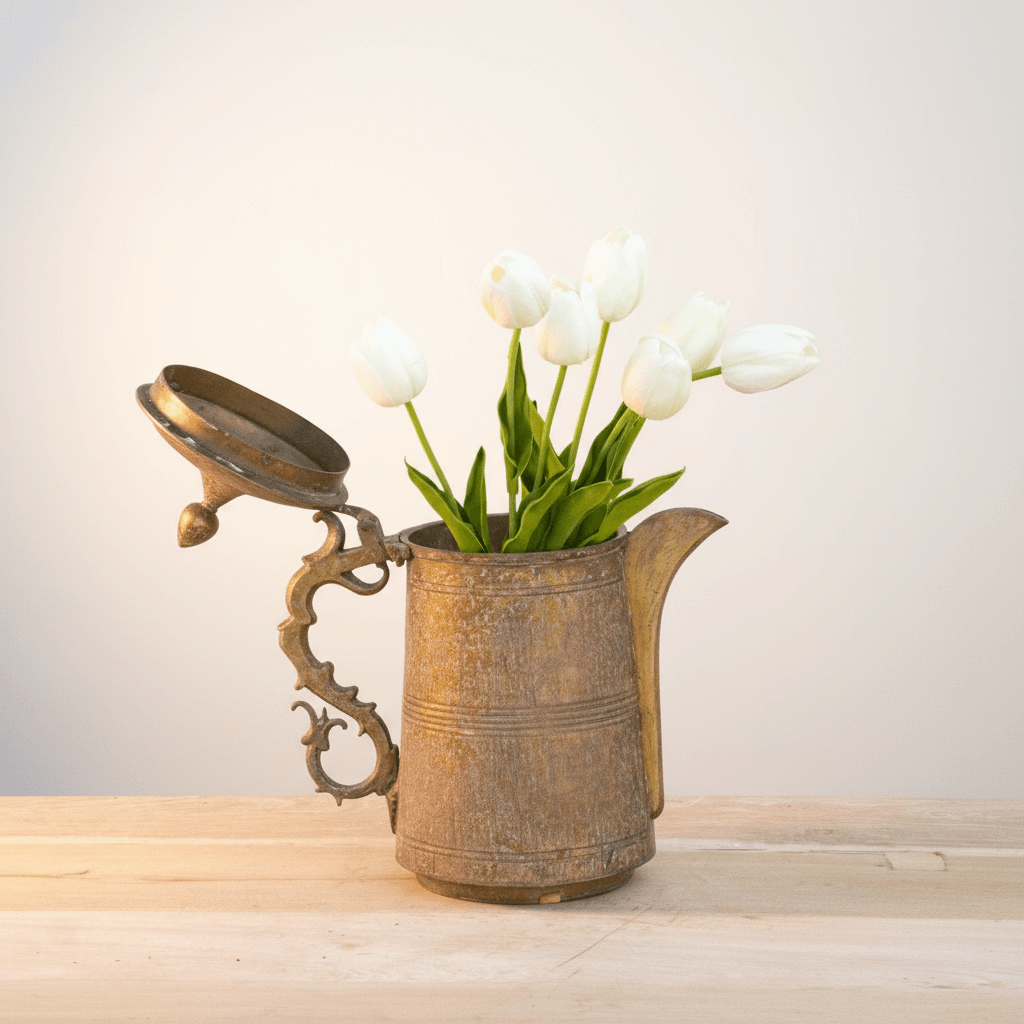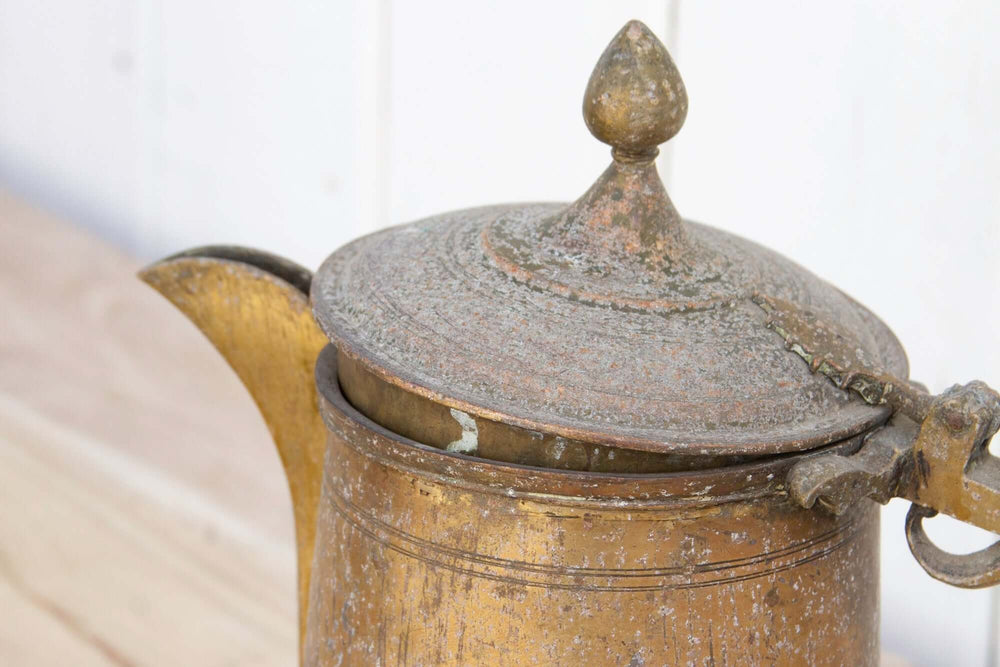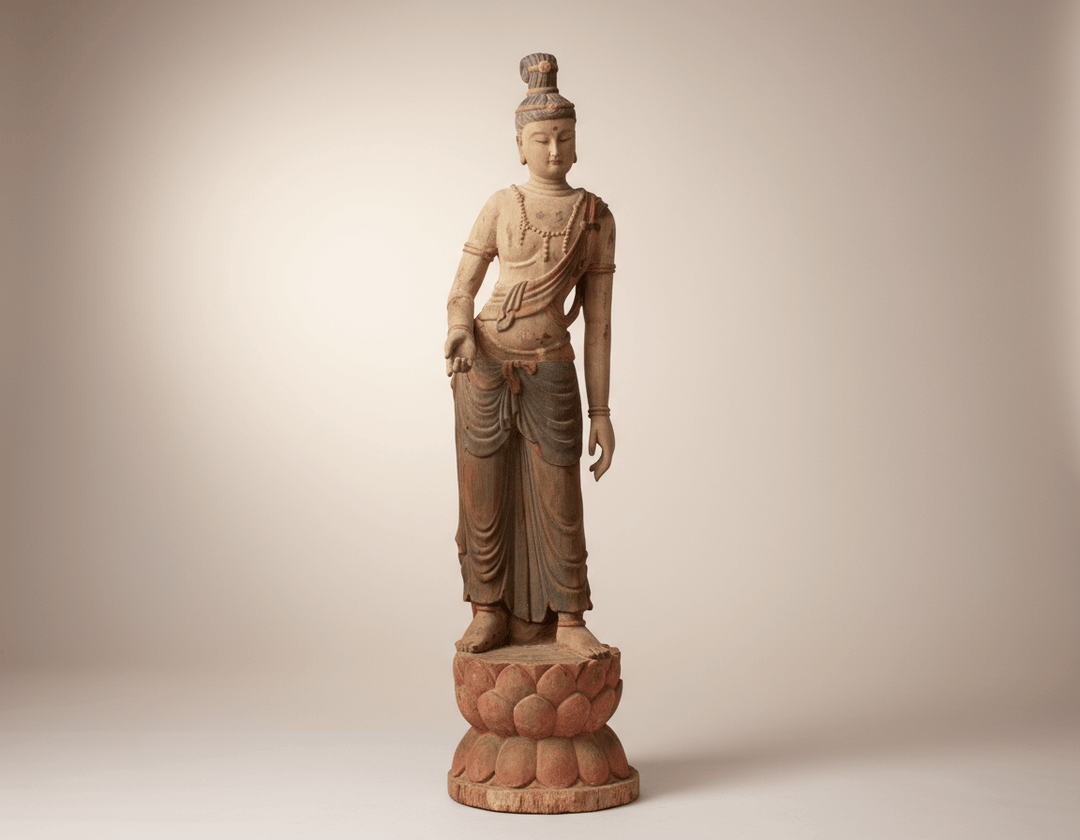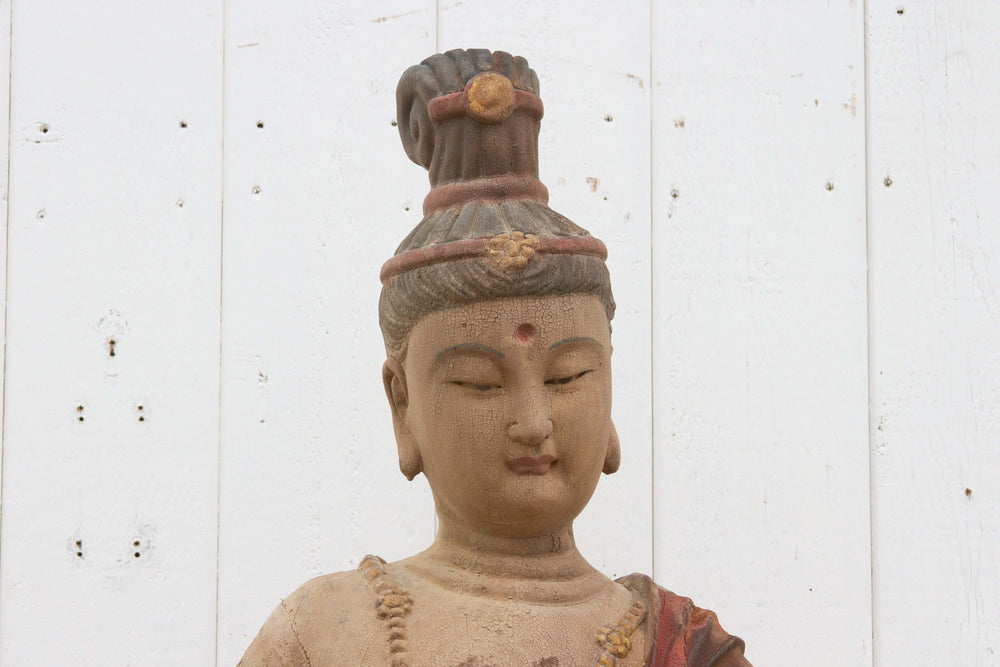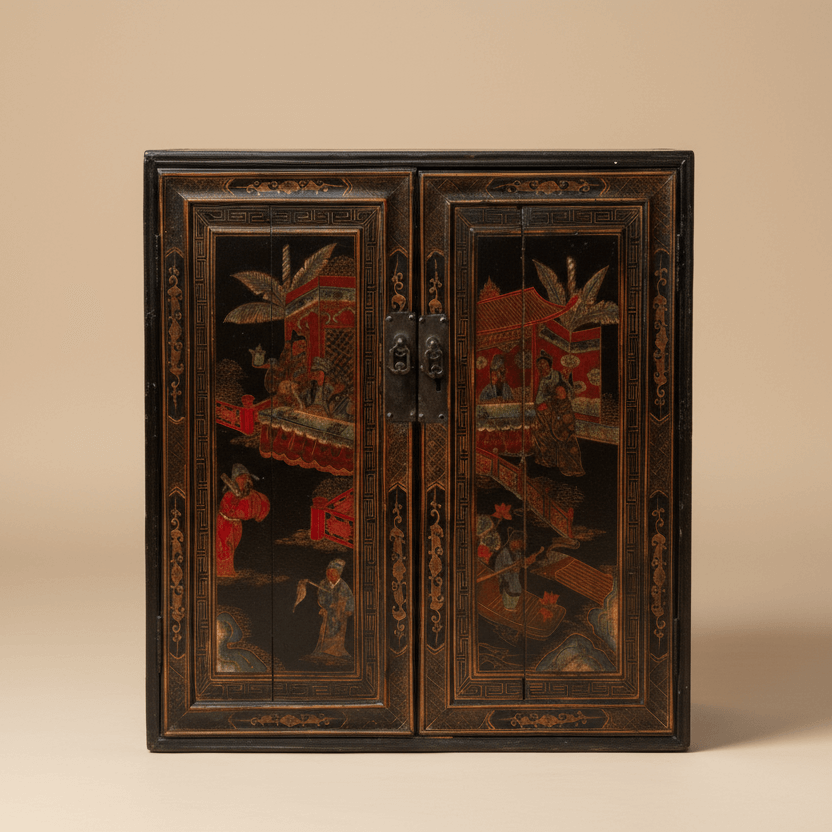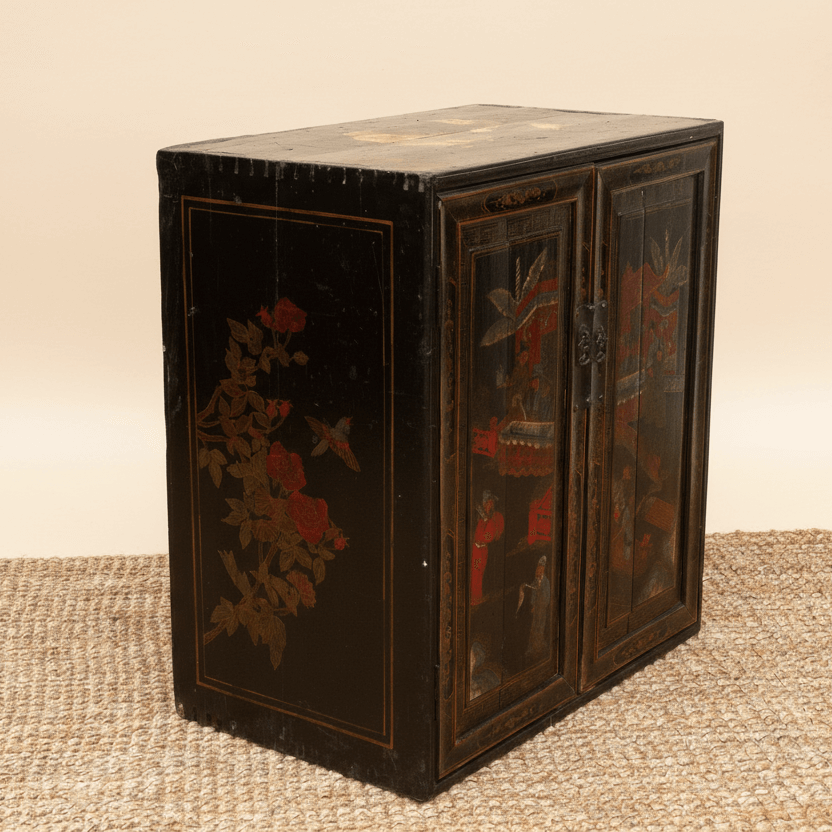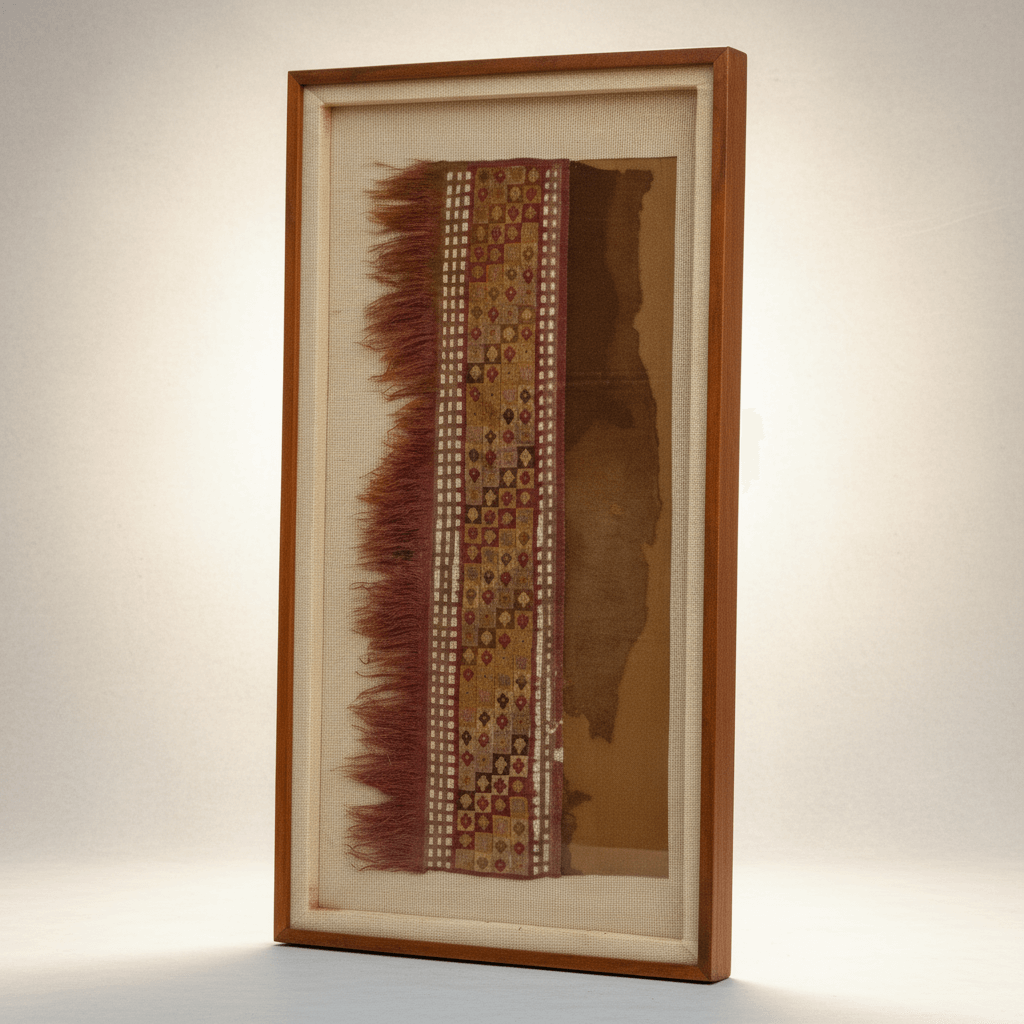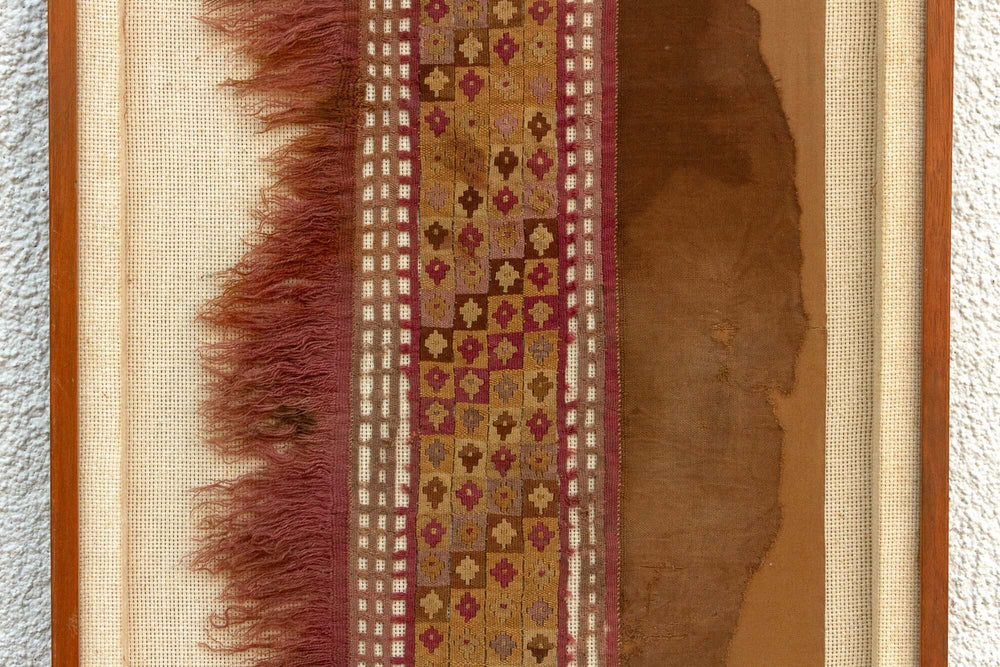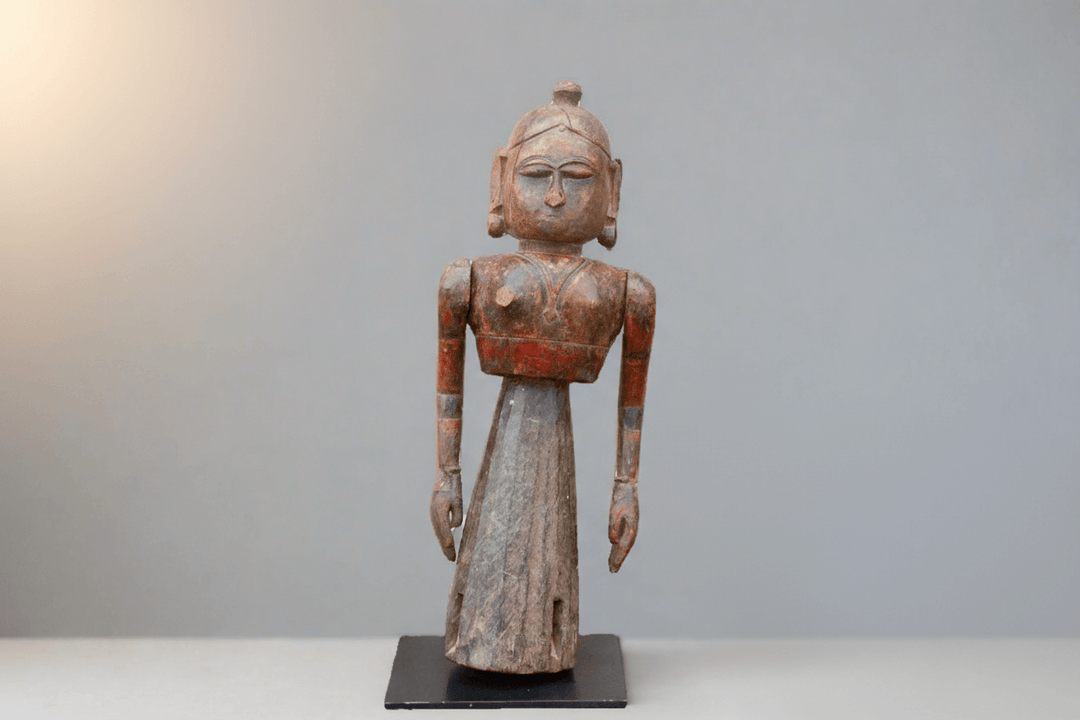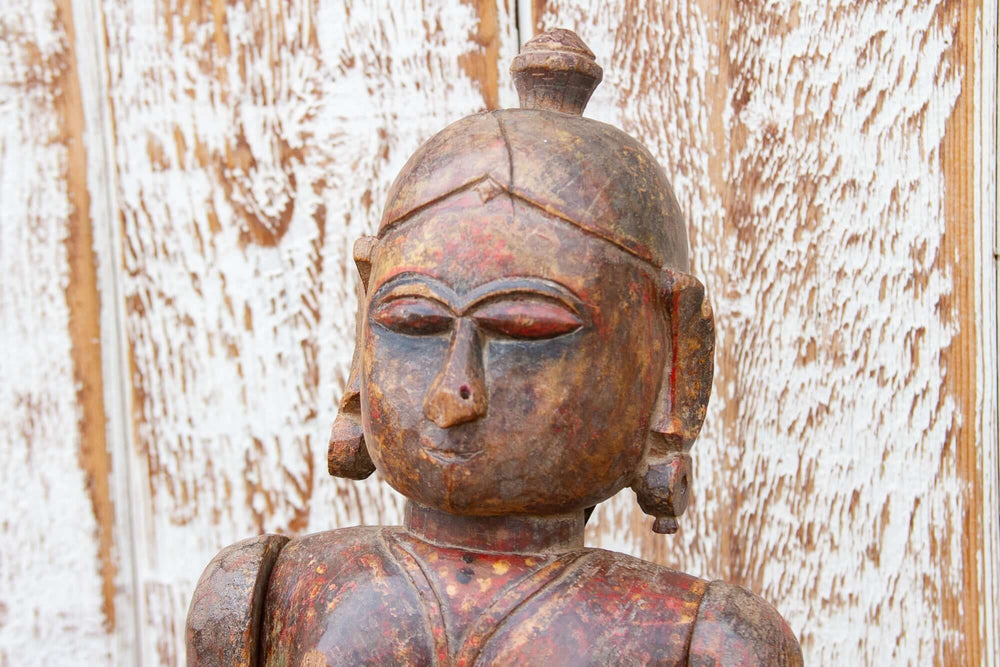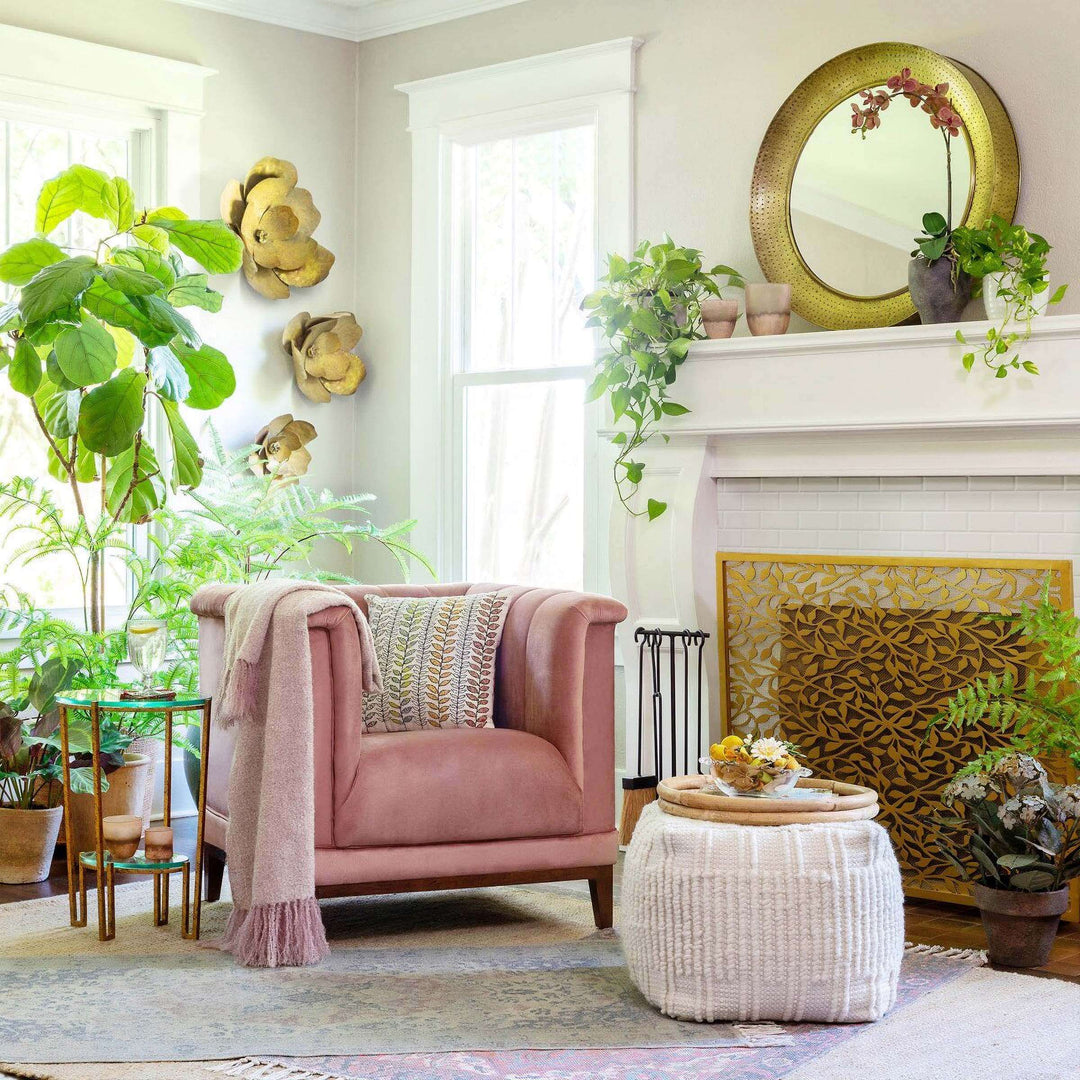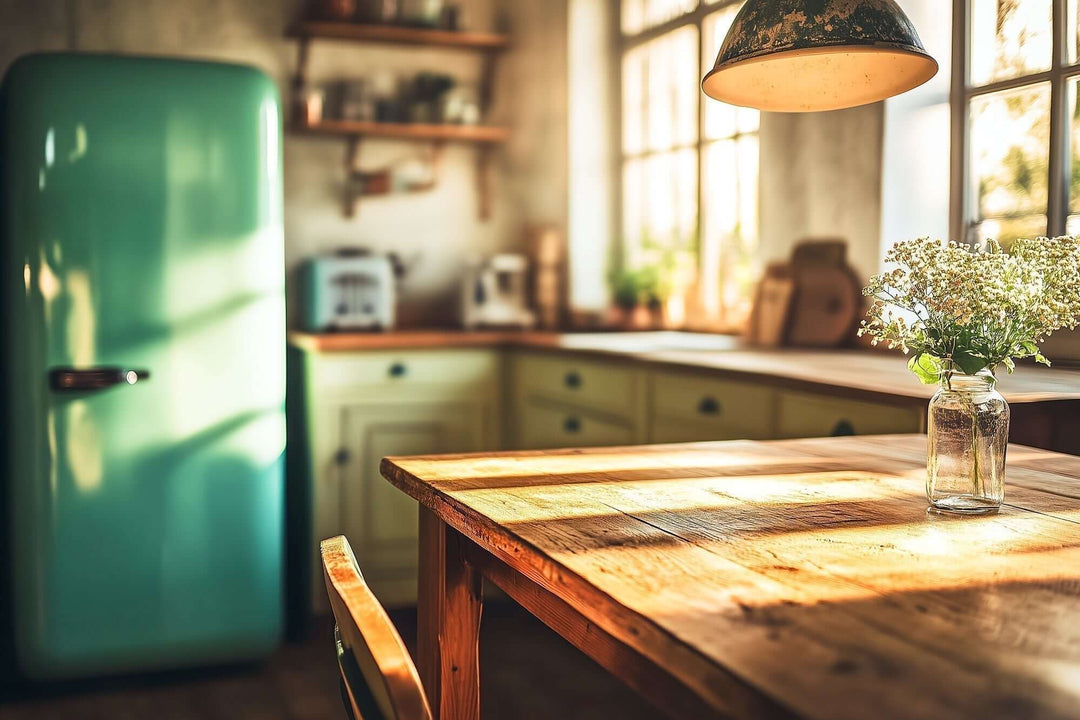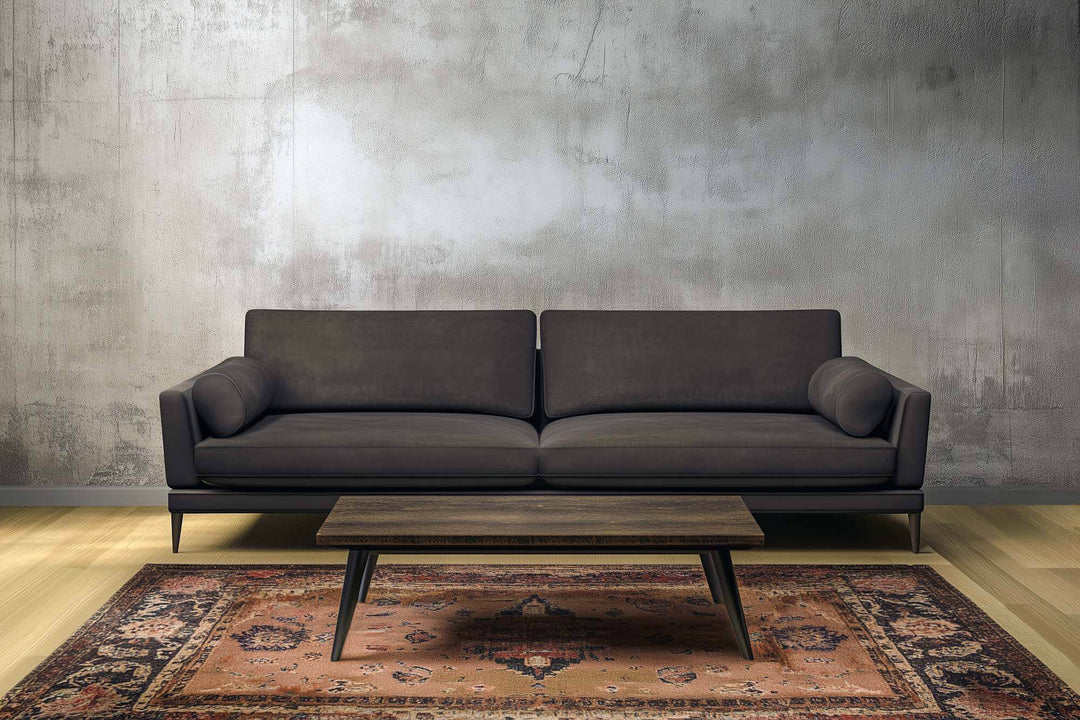Authentic Antiques: Genuine Treasures from Bygone Eras
Introduction: A Portal to the Past
There is a particular hush that falls over a room graced by an antique. It is not silence exactly, but the quiet murmur of memory — the trace of hands that carved, wove, polished, and cherished long before us. Each authentic antique carries with it the scent of old timber, the faint shimmer of worn brass, and the invisible presence of those who once lived alongside it. It is more than décor; it is living history.
To hold an antique is to touch time itself. Defined broadly, an antique is an object that has endured at least a century — its age authenticated by craftsmanship, material, and patina. Unlike vintage-inspired pieces that celebrate the past through modern craftsmanship, authentic antiques are the past, preserved in tangible form. They are artifacts of artistry and endurance, embodying traditions that predate industrial repetition.
The Authentic Antiques Collection at Vintage Shopper is an invitation to rediscover this heritage. Each piece, from intricately carved furniture to handwoven rugs and rare artifacts, has been carefully chosen for its provenance, integrity, and aesthetic merit. Together, they form a living gallery — a museum of authenticity where every detail, scratch, and shadow tells a story.
In a world that moves ever faster, there is profound beauty in objects that ask us to slow down and listen.
The Meaning of Authenticity
Authenticity in antiques extends far beyond mere age. It is the sum of craftsmanship, material honesty, and the ineffable presence of time. An authentic antique bears the traces of its making — the dovetail joinery of a Georgian chest, the subtle unevenness of a hand-tied rug, the lustrous depth of naturally aged mahogany. These are the signatures of artisans who worked by candlelight and intuition, long before machines standardized beauty.
To the discerning collector, authenticity also means provenance — the lineage of an object’s journey. Where was it made? Who owned it? What changes did it witness as empires rose and fashions shifted? A table that once held ink and parchment in a Victorian study, or a rug that adorned the floor of an Anatolian merchant’s home, carries an invisible continuity that connects centuries.
Even imperfections — the soft wear on a drawer’s edge, the fading of a textile, the subtle asymmetry in handwork — are celebrated. These marks are the biography of an antique, affirming its life and endurance. Unlike reproductions, whose perfection feels static, authentic antiques are alive with time’s gentle erosion.
Each piece in Vintage Shopper’s collection is selected with this reverence. The process involves more than sourcing; it is an act of stewardship. Care is taken to verify materials, assess age, and preserve the integrity of each work. The result is a curated assemblage of authentic antiques that are not merely purchased — they are adopted.
The Art of Collecting: How to Buy Authentic Antiques
Collecting authentic antiques is both art and education — a pursuit guided by passion, patience, and curiosity. Whether beginning your first collection or refining an established one, understanding how to recognize authenticity and value will enhance every discovery.
The novice collector learns to look beyond surface beauty. The true essence of an antique lies in its craftsmanship. Examine joinery, materials, and finish: hand-cut dovetails, solid timber, and original patinas are indicators of authenticity. Furniture that has been reworked or refinished too perfectly may have lost some of its historical truth. Similarly, rugs that show gentle fading or minor wear often retain greater value than those unnaturally restored.
Authentic antiques offer both emotional and financial investment. Their scarcity ensures stability, often appreciating over time as demand grows for tangible artistry in an increasingly digital world. Yet, their greatest worth is the pleasure they bring — the knowledge that one owns a genuine fragment of cultural history.
To begin, choose with the heart. A single antique can transform a room, grounding it with depth and soul. Over time, collections tend to evolve organically — guided not by trends but by resonance. Each addition becomes part of a narrative, reflecting the collector’s sensibilities.
For those new to the art, start small: an antique side table, a handwoven rug, or a sculptural artifact. Learn the language of materials and the poetry of patina. Let your eye grow wise, and your home will become a sanctuary of stories.
Antique Furniture: Legacy in Wood and Craft
Few objects capture the essence of time’s passage as profoundly as antique furniture. Each curve, carving, and polish tells of centuries of refinement. From Georgian austerity to Edwardian grace, furniture reflects the rhythm of human history — evolving as society, technology, and taste transformed.
The furniture within the Authentic Antiques Collection has been chosen for both integrity and charm. Each piece represents an era when furniture making was not an industry but an art form. The selection celebrates the materials that defined centuries: the golden glow of walnut, the rich depths of mahogany, the resilience of oak.
Georgian furniture (1714–1830) embodies symmetry and restraint — a quiet elegance marked by balance and proportion. Victorian pieces (1837–1901) introduced romantic exuberance: ornate carvings, turned legs, and dark, polished woods. Edwardian designs (1901–1910) softened this opulence, ushering in lighter forms and neoclassical grace.
Every antique chair, bureau, and armoire bears the fingerprint of its maker. Hand-cut joinery reveals patience; hand-planed surfaces whisper of devotion. When placed in a modern home, such a piece anchors the space — an old soul amid new surroundings.
Care for antique furniture begins with respect. Dust gently, avoid direct sunlight, and embrace the imperfections that time bestows. Restoration, when necessary, should preserve rather than erase the object’s age. A refinished surface may gleam, but it risks erasing the story embedded within its grain.
Antique furniture is not just functional — it is philosophical. It reminds us that permanence once mattered, and that beauty was built to endure.
Antique Rugs & Carpets: Woven History
Every antique rug is a landscape of memory. Handwoven threads capture not just color and pattern, but the artistry and rhythm of civilizations. To step upon an antique rug is to walk across a tapestry of time.
Rugs have long been among the most expressive art forms of the human hand. Each region and culture left its own imprint: the intricate medallions of Persian carpets, the geometric patterns of Caucasian designs, the botanical motifs of European weavings. Whether crafted in the highlands of Anatolia or the ateliers of Tabriz, antique rugs embody a dialogue between utility and beauty.
The craftsmanship is astounding. Thousands of knots, each tied by hand, create patterns that shimmer differently under changing light. Natural dyes derived from indigo, madder, and pomegranate yield hues that soften with age, achieving a patina synthetic colors cannot imitate.
Condition in antique rugs tells its own tale. Gentle wear at the edges, slight fading in the center — these are marks of authenticity. They remind us that these textiles once warmed rooms, witnessed generations, and were cherished long before they became collectible.
Styling an antique rug in a modern home bridges worlds. A faded Persian carpet beneath a minimalist table adds gravitas; a Turkish kilim thrown across a sofa introduces texture and history. Even small rugs, framed or hung, become evocative wall art — relics of craftsmanship and patience.
To preserve them, avoid harsh chemicals, rotate regularly, and keep them away from damp. The goal is not to maintain perfection but to honor endurance. Like all antiques, their charm deepens with every year that passes.
Artifacts, Décor & Curiosities
Beyond furniture and textiles lies an entire realm of smaller wonders — the objects once used for ritual, study, or simple adornment. Collectively, these artifacts form the soul of the Authentic Antiques Collection.
Mirrors framed in gilt, timeworn candlesticks, hand-carved sculptures, and antique ceramics all possess a certain intimacy. They are relics of daily life, transformed by time into symbols of continuity. Each bears a story — a reflection of the age that made it, and the hands that used it.
An antique mirror, its glass gently clouded, adds a soft glow to a modern hallway. A set of bronze candlesticks can infuse an evening with candlelight that flickers like centuries-old breath. Even the simplest artifact, like a 19th-century clay vessel, carries a tactile reminder that beauty was once created from need.
The fascination of such curiosities lies in contrast. Placed within contemporary interiors, they become punctuation marks — reminders of a slower world. A minimalist shelf displaying an antique sculpture invites curiosity and reverence. A Victorian clock atop a sleek console becomes an heirloom reborn.
Each of these smaller antiques offers a gateway to an era’s aesthetics. They invite the viewer not merely to look, but to imagine — to reconstruct stories and voices long vanished. In their presence, a home becomes a living museum, yet still deeply personal.
Decorating with Authentic Antiques
To decorate with authentic antiques is to compose poetry in form and texture. It is not about replicating the past but about creating harmony between what was and what is. When thoughtfully arranged, antiques lend warmth, gravitas, and personality unmatched by modern design.
In the living room, an antique cabinet or sideboard anchors the space, offering both function and storytelling. Pairing it with contemporary art or lighting creates dynamic tension — the perfect marriage of history and innovation.
In the dining room, a hand-carved table becomes the centerpiece for conversation and memory. Surrounded by modern chairs, it feels timeless yet alive.
In bedrooms, antique mirrors, wooden chests, or delicate side tables evoke serenity and history, their patina softening the mood.
Even in a study or library, an Edwardian desk or Georgian bookcase transforms an ordinary workspace into a chamber of thought and reflection.
Antiques also adapt beautifully to seasonal décor. In autumn, their dark woods and brass accents resonate with the season’s warmth. In spring, antique ceramics and mirrors reflect sunlight with subtle grace.
The art of decorating with antiques lies in restraint. Allow each piece to breathe. Do not crowd or over-polish. A single authentic antique, thoughtfully placed, can convey a home’s entire aesthetic philosophy — timelessness.
Antiques remind us that beauty is not fleeting; it evolves. Each time we pass an old object lovingly displayed, we participate in its ongoing story.
Caring for Authentic Antiques
Antiques, like all enduring works of art, thrive under gentle stewardship. Proper care preserves not only their beauty but also their integrity — ensuring they continue to whisper their stories for generations to come.
Cleaning and preservation should always err on the side of caution. Use soft, lint-free cloths, avoid chemical cleaners, and maintain stable environments free from humidity and extreme temperature shifts. Direct sunlight can fade textiles and finishes; diffused light keeps them luminous without harm.
When considering restoration, restraint is vital. Over-polishing or re-staining furniture may erase the very patina that authenticates its age. Instead, embrace the visible traces of time — they are part of the object’s truth. Seek professional restoration only when structural integrity is threatened.
Textiles require special care. Antique rugs should be vacuumed gently, rotated annually, and stored flat when not in use. Never hang them in direct light. For delicate weavings, seek expert cleaning that respects the fibers’ natural oils and dyes.
Antiques are also sustainable design at its finest. By bringing authentic antiques into our homes, we extend their lifespans, preserving artistry and reducing the need for modern manufacturing. To buy an antique is to recycle history — to participate in a lineage of care.
Ultimately, the best preservation is appreciation. Objects survive when they are loved, handled with respect, and kept in use. A chest that continues to hold linens, a clock that still marks time — these live on not as relics, but as living art.
The Emotional Value of Authentic Antiques
There is a reason antiques resonate beyond their material worth. They offer continuity — a bridge between generations, a quiet assurance that beauty endures. In an age defined by impermanence, authentic antiques stand as symbols of patience and permanence.
Each antique is a testament to human ingenuity. The hands that shaped it, the eyes that admired it, the homes it has inhabited — all are preserved within its form. When we bring an antique into our home, we adopt not just an object but an inheritance.
Antiques evoke emotion because they remind us of shared humanity. The wear on a chair’s arm, the faded threads of a rug, the softened edge of a cabinet — these are the fingerprints of time. They ground us in a lineage of touch and memory, connecting our modern lives to those who came before.
To own an antique is to participate in a centuries-long conversation about beauty, craft, and meaning. It is a quiet rebellion against the disposable, an act of reverence for the enduring.
Closing Invitation: Own a Piece of History
The Authentic Antiques Collection is more than an assembly of beautiful objects — it is a celebration of the human story, written in wood, fiber, and stone. Each piece carries with it the craftsmanship of another era, a whisper of forgotten ateliers, and the enduring artistry of the handmade.
These are treasures that will never be made again. Each item is singular, irreplaceable, and alive with memory. Whether it is an antique rug that softens a room with history, a table that has hosted a century of meals, or a carved artifact that embodies distant traditions, every antique offers the same rare gift — authenticity.
History is not confined to museums. It lives in the homes that cherish it, in the rooms that echo with its quiet grace. To welcome an authentic antique into your life is to invite that grace to stay — to let time become your most exquisite decorator.


































